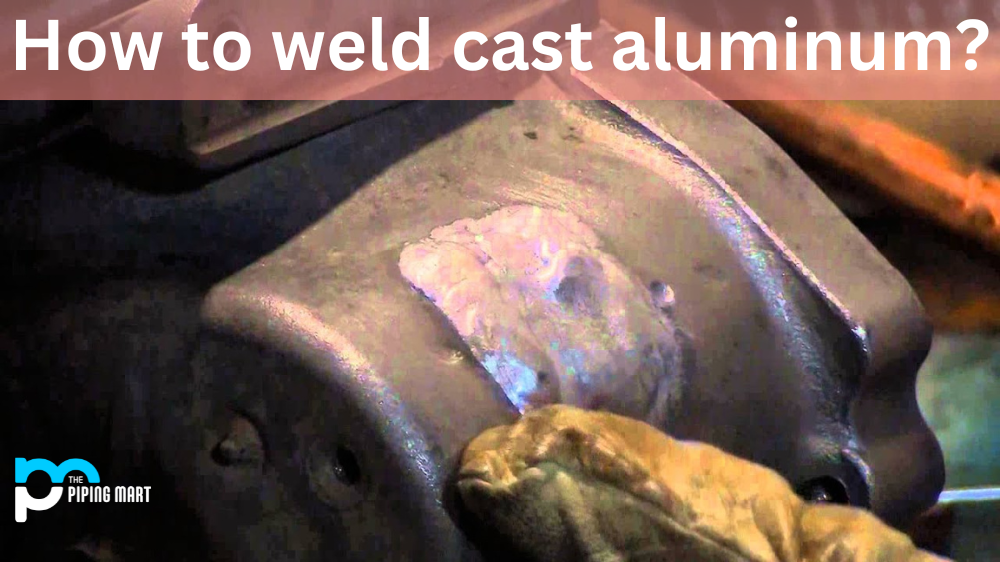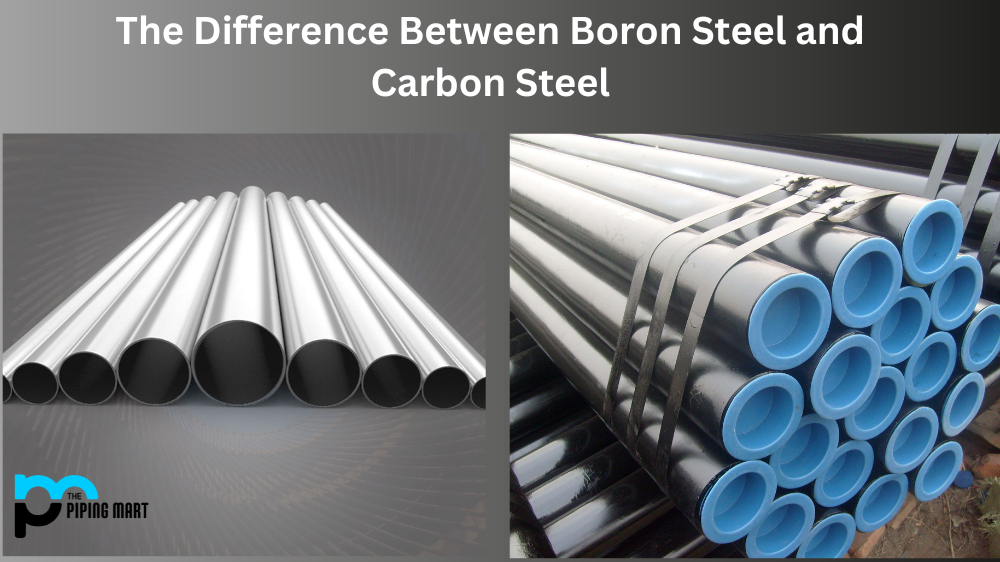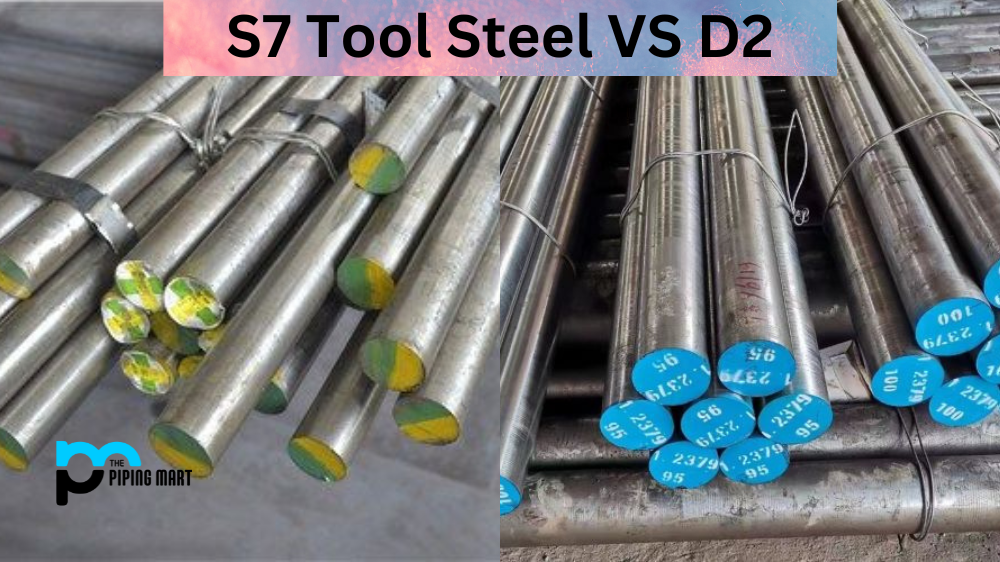Welding cast aluminum can be tricky for amateur welders, but with the right techniques and tools, it is possible to produce strong, quality welds. This blog post will discuss the basics of welding cast aluminum so you can start your next aluminum welding project.
Welding Processes for Aluminium
The most common welding processes used on aluminum are gas metal arc welding (GMAW) and inert tungsten gas (TIG). GMAW utilizes a consumable wire electrode with an inert shielding gas to create a weld pool that melts the base material around it; TIG uses non-consumable tungsten electrodes and an inert shielding gas to create a weld pool. Both methods are suitable for aluminum casting as long as the correct parameters are used.
Equipment Needed for Welding Cast Aluminium
To successfully weld cast aluminum, you need several equipments, including a power source, a welding torch, filler material (either wire or rod), shielding gas, and clamps or jigs to hold the material in place while welding. The power source should provide enough amperage for the type of weld being performed; GMAW requires higher amperage than TIG. A water-cooled torch is recommended when welding cast aluminum since it helps prevent heat build-up in the workpiece, which can lead to warping or cracking. Additionally, it is important to use filler materials specifically designed for use on aluminum alloy, as regular steel electrodes may cause cracking in the finished product. Finally, ensure that you have sufficient shielding gas flow rate; if too much gas escapes around the workpiece, your weld will not be protected from oxidation.
Tips For Successful Welding Cast Aluminium
When welding cast aluminum, several tips can help ensure success, such as using lower amperages than usual when starting out until you become more experienced with this process, using clamps or jigs to hold your material securely in place while welding, preheating the workpiece with an oxy-acetylene torch before beginning any welding processes if possible (this helps reduce some of the stresses caused by thermal expansion and contraction during heating/cooling cycles), and taking breaks often so that your eyes have time to adjust between different passes. Also, ensure that you clean any slag from previous passes before continuing onto new ones; this will help prevent contamination which can lead to poor-quality welds.
Conclusion:
With these tips in mind and proper practice, any beginner welder should be able to complete their next project involving cast aluminum successfully! Before starting any project, ensure you have all the necessary safety gear, such as eye protection and flame retardant clothing, so that you don’t put yourself at risk while learning how to weld properly. With enough practice, anyone can master this complicated process!

Abhishek is a seasoned blogger and industry expert, sharing his insights and knowledge on various topics. With his research, Abhishek offers valuable insights and tips for professionals and enthusiasts. Follow him for expert advice on the latest trends and developments in the metal industry.




